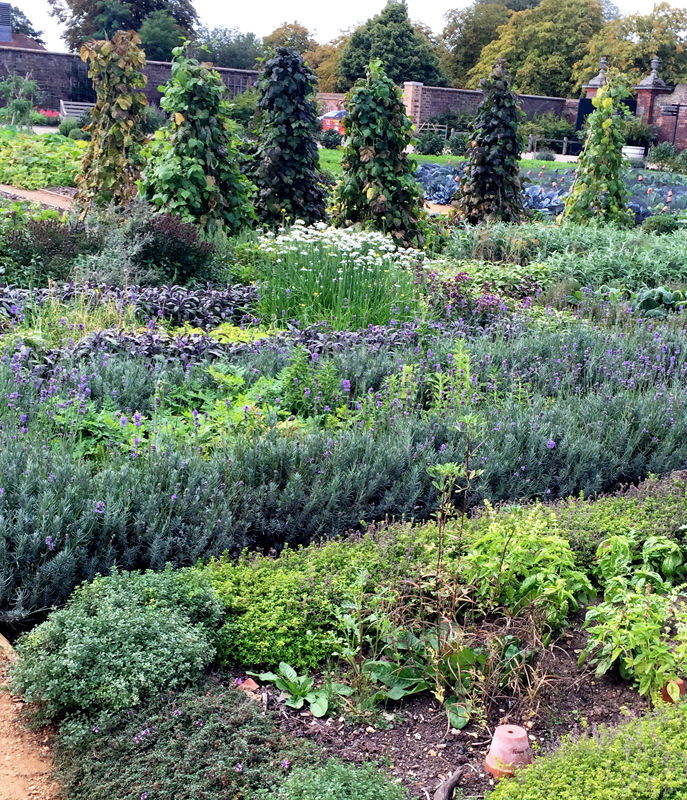Hampton Court's Romantic Gardens
/The sixty acres of gardens and grounds surrounding Henry VIII's Hampton Court Palace in Britain are majestic and inspiring.
The earliest gardens, relatively modest gardens, were created for Cardinal Wolsey, but it was under the auspices of Henry VIII that today's ground plan largely took shape. Henry VIII was not much interested in beautiful flowers - he was more keen on the sport that took place in the Deer Park and Tiltyard, the scene of jousting competitions.
The gardens were formalized in the baroque manner under William and Mary and subsequent changes were made as 500 years of royals gardened on the property. Today's gardens may not be true to one particular era, but they are stately and awe inspiring. Even if your own garden is a small plot, you can learn from the lovely plant combinations, the cultural practices in the vegetable and herb garden, and appreciate the beauty and pageantry of the garden and palace.
The walled formal rose garden is punctuated with beautiful statuary and was in full bloom in September.
The herb garden's formal layout is reminiscent of Victorian-era bedding gardens.
The Kitchen Garden grew all of the produce and fruit for Henry VIII's court.
The ornamental bed decorated the river gateway to the palace grounds.
Ornate Victorian-style bedding gardens decorate the Fountain Garden, a strolling garden that original showcased 13 magnificent fountains and clipped yews.
The Orangery Garden (above) shows Queen Mary II's passion for rare and exotic plants. She had an orangery built to house her orange and lemon trees and cactuses.
The Privy Garden (above) has existed on the south side of the palace since it was first created by Henry VIII in 1533. The recreation that is seen today has all of the original plant varieties, statues and hedges that were installed by William III.
The Knot Garden (above) was laid out in 1924 to show the type of garden that Henry VIII may have had at the palace.
These sunken gardens (above and below) were originally ponds used to hold freshwater fish such as carp, to feed Henry VIII and his court.
Hampton Court is easily accessible from London by train. You can also visit the palace by Thames riverboat - just like the court members and royalty of centuries past.
You Might Also Like




















